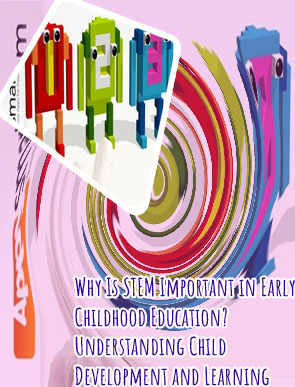

- Law definition science
- Stem activities space
- Bio science meaning
- Stem grants
- What are some good science fair projects for 6th graders
- Kindergarten science fair projects
- Easy stem projects
- Chemistry meaning in science
- Stem science for preschoolers
- Stem programs near me
- Actuarial science and mathematics
- Science and engineering
- Science technology and engineering
- Meaning of materials in science
- Astronomy science fair projects
- Stem science
- Math and science summer programs
- Actuarial science course
- Easy science fair projects
- Good science fair projects
- Mathematics for social science
- Science exhibition board decoration
- Science projects for class 7 working models
- Science grants for schools
- Physical science definition
- Geodesic dome science fair project
- What is stem field in science
- Science and technology
- Science fair projects for class 10
- Science fair chemistry projects
- Stem
- Science fair projects
- Stem science projects
- Biology working models for science exhibition
- Stem life science
- Kitchen science experiments
- The academy of motion picture arts and sciences
- Night life academy of sciences
- Elementary science projects
- Organic definition in chemistry
- Baseball science fair projects
- Coding science fair projects
- Academy of science
- Science fair baking projects
- University of agriculture science
- Life meaning in science
- Science fair volcano
- Master of science in finance stem
Stem preschools
How to build problem-solving skills in your kids
When your child has free rein to learn and discover what they’re really interested in, they’ll keep doing just that throughout their life. So encourage that spirit of curiosity, whether they want to get a closer look at bugs in the soil or experiment with basic computer coding. Stem based preschool “Exploratory activities encourage children to ask their own questions and think of ways to find the answers,” explains Lively. “By including such activities in our curriculum, we’re helping children to take charge of their own education and follow their interests—which helps them build confidence in their own abilities and develop the skills they need to become lifelong learners.”
Stem in preschool
Drawing upon decades of experience, RAND provides research services, systematic analysis, and innovative thinking to a global clientele that includes government agencies, foundations, and private-sector firms. WHAT ARE STEM ACTIVITIES? The half-day preschool will focus on a concept-based, hands-on, active curriculum targeting children ages 12 months to 5 years. Additionally, the school will offer multiple STEM camps for children ages 3-6 years during holidays and over the summers.
Important Links
Harris’ curriculum uses a hands-on approach but unlike what some may assume, it’s not all building volcanoes and making slime. The curriculum is developed using Pennsylvania’s learning standards for early childhood and integrates STEM into each key learning area. Supporting Girls in STEM -10 Key Things To Do Preschool to College By introducing STEM during the preschool years, we can expose our students to upper-level vocabulary at a young age and prepare them for the work they will do in the future. While younger kids may not fully understand all of the terms used, they'll become familiar with these words and develop a sense for how we talk about STEM topics.